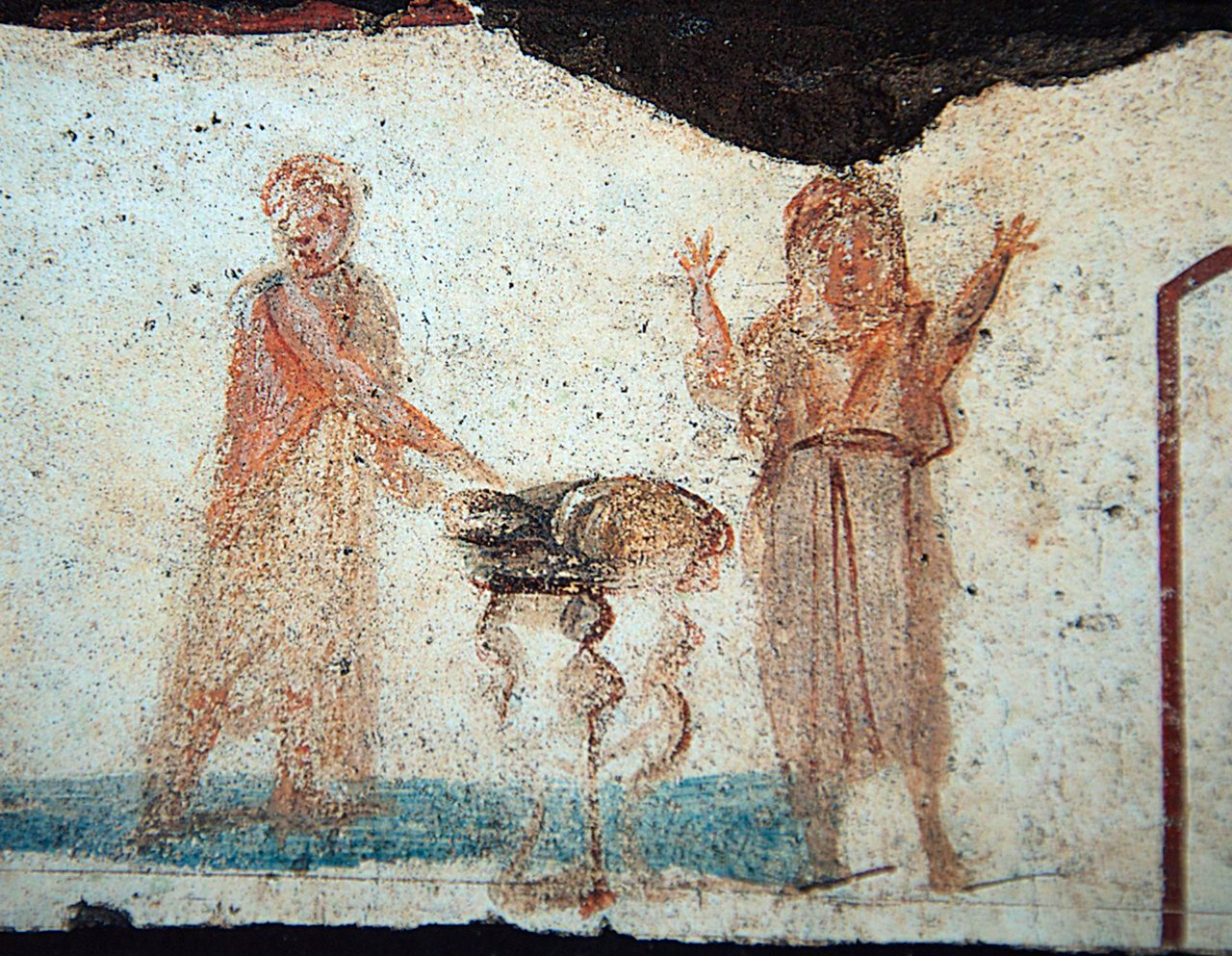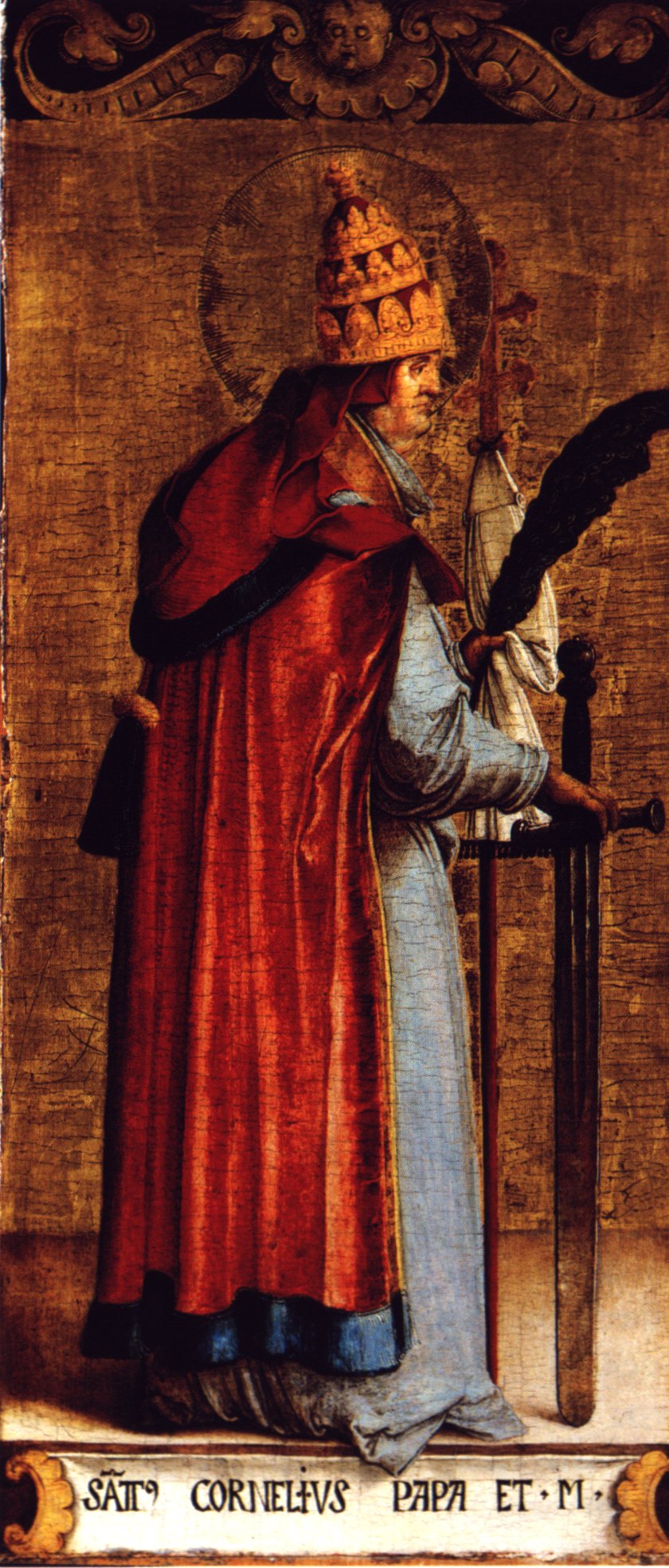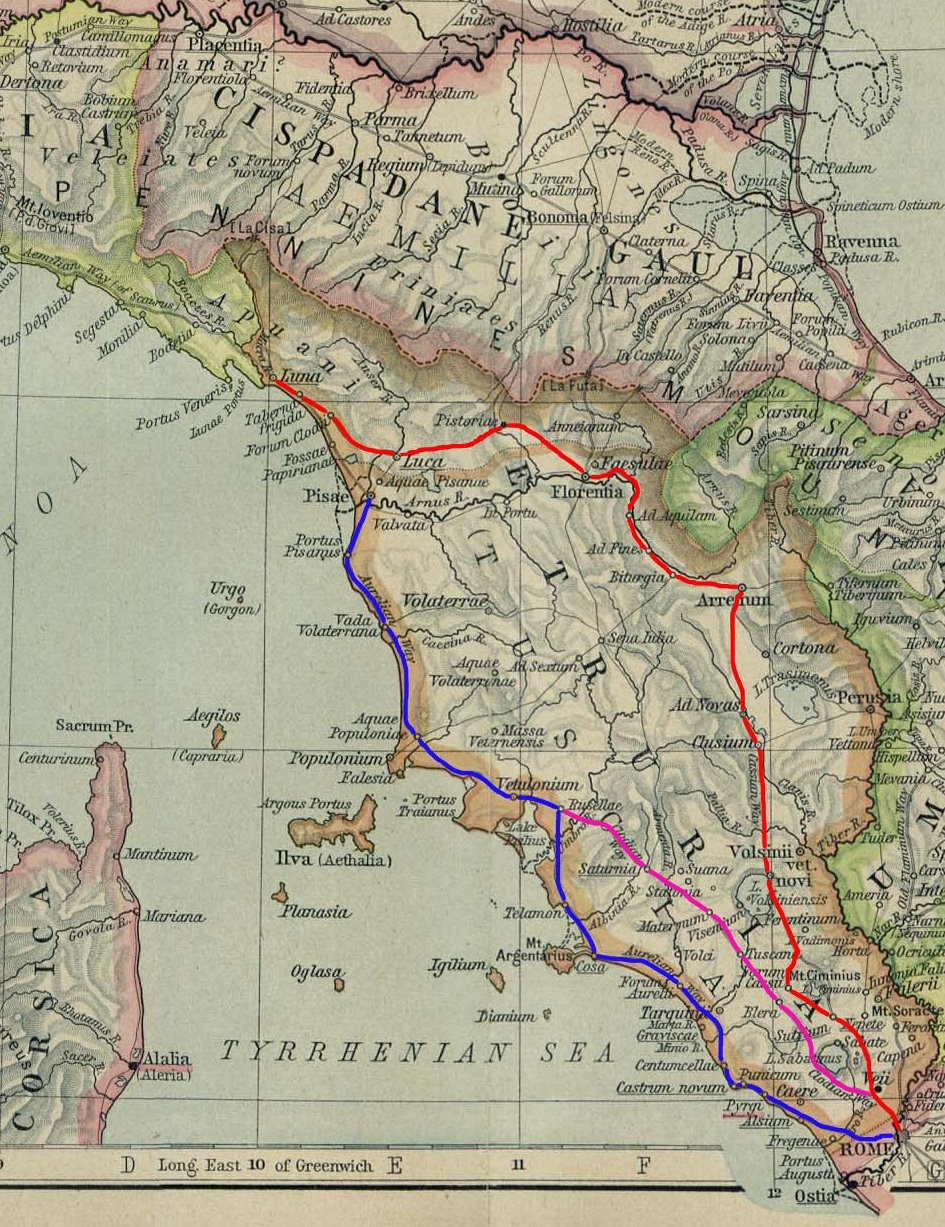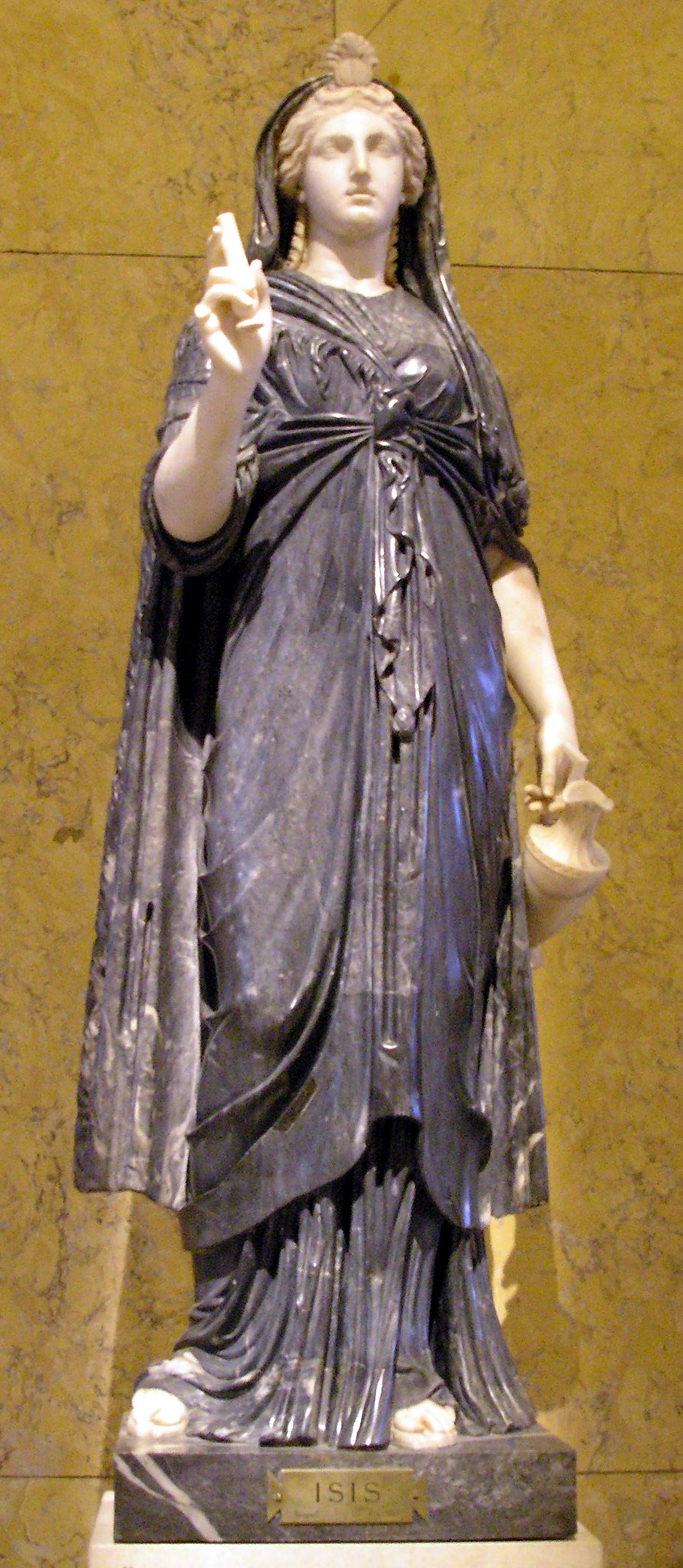|
Saint Pancratius
Pancras (Latin: ''Sanctus Pancratius'') was a Roman citizen who converted to Christianity and was beheaded for his faith at the age of fourteen, around the year 304. His name is Greek (Παγκράτιος) and means "the one that holds everything". From an early stage, Pancras was venerated together with Nereus and Achilleus in a shared feast day and Mass formula on 12 May. In 1595, 25 years after Pope Pius V promulgated the Tridentine Missal, Domitilla was also added. Since 1969, Pancras has been venerated separately, still on 12 May. He is, traditionally, the second of the Ice Saints. In the Syriac traditions he is known as Mor Izozoel (Mar Azazael) remembered on 12 May and 12 August. He is the saint of children. Legend Because he was said to have been martyred at the age of fourteen during the persecution under Diocletian, Pancras would have been born around 289, at a place designated as near Synnada, a city of Phrygia Salutaris, to parents of Roman citizenship. His mo ... [...More Info...] [...Related Items...] OR: [Wikipedia] [Google] [Baidu] |
Saint
In religious belief, a saint is a person who is recognized as having an exceptional degree of Q-D-Š, holiness, likeness, or closeness to God. However, the use of the term ''saint'' depends on the context and Christian denomination, denomination. In Catholic Church, Catholic, Eastern Orthodox Church, Eastern Orthodox, Anglican Communion, Anglican, Oriental Orthodox, and Lutheranism, Lutheran doctrine, all of their faithful deceased in Heaven are considered to be saints, but some are considered worthy of greater honor or emulation. Official ecclesiastical recognition, and consequently a public cult of veneration, is conferred on some denominational saints through the process of canonization in the Catholic Church or glorification in the Eastern Orthodox Church after their approval. While the English word ''saint'' originated in Christianity, History of religion, historians of religion tend to use the appellation "in a more general way to refer to the state of special holiness t ... [...More Info...] [...Related Items...] OR: [Wikipedia] [Google] [Baidu] |
Flavia Domitilla (saint)
Flavia Domitilla was a Roman noblewoman of the 1st century. She was a granddaughter of Emperor Vespasian and a niece of Emperors Titus and Domitian. She married her cousin, the consul Titus Flavius Clemens, a grand-nephew of Vespasian through his father Titus Flavius Sabinus. There is disagreement about whether the Flavia Domitilla mentioned in certain fourth-century and later Christian writings is the same person or another. Biography Early life Flavia Domitilla was the daughter of Domitilla the Younger by an unknown father, perhaps Quintus Petillius Cerialis whom her mother had two sons with. Marriage and children A contemporary inscription indicates that Flavia Domitilla and her husband Titus Flavius Clemens had seven children, who were thus grandnephews and grandnieces of Domitian. Suetonius, who was born in 69 and thus a contemporary, states that Domitian designated as the emperor's successors two very young sons of Flavius Clemens, and changed their names to Domiti ... [...More Info...] [...Related Items...] OR: [Wikipedia] [Google] [Baidu] |
Catacombs Of Rome
The Catacombs of Rome ( it, Catacombe di Roma) are ancient catacombs, underground burial places in and around Rome, of which there are at least forty, some rediscovered only in recent decades. Though most famous for Christian burials, either in separate catacombs or mixed together, Jews and also adherents of a variety of pagan Roman religions were buried in catacombs, beginning in the 2nd century AD,Toynbee: 39–40. occasioned by the ancient Roman ban on burials within a city, and also as a response to overcrowding and shortage of land. The most extensive and perhaps the best known is the Christian Catacomb of Callixtus located near the Park of the Caffarella, but there are other sites, both Christian and not, scattered around the city, some of which are now engulfed by modern urban sprawl. The Christian catacombs are extremely important for the history of Early Christian art, as they contain the great majority of examples from before about 400 AD, in fresco and sculpture, as ... [...More Info...] [...Related Items...] OR: [Wikipedia] [Google] [Baidu] |
Balsam Of Mecca
Balm of Gilead was a rare perfume used medicinally, that was mentioned in the Hebrew Bible, and named for the region of Gilead, where it was produced. The expression stems from William Tyndale's language in the King James Bible of 1611, and has come to signify a universal cure in figurative speech. The tree or shrub producing the balm is commonly identified as ''Commiphora gileadensis''. However, some botanical scholars have concluded that the actual source was a terebinth tree in the genus ''Pistacia''.Groom (1981) History Hebrew Bible In the Bible, balsam is designated by various names: (''bosem''), (''besem''), (''ẓori''), (''nataf''), which all differ from the terms used in rabbinic literature. After having cast Joseph into a pit, his brothers noticed a caravan on its way from Gilead to Egypt, "with their camels bearing spicery, and balm, and myrrh" (Gen. ). When Jacob dispatched his embassy into Egypt, his present to the unknown ruler included "a little balm" (Gen. ) ... [...More Info...] [...Related Items...] OR: [Wikipedia] [Google] [Baidu] |
Bishop Of Rome
A bishop is an ordained clergy member who is entrusted with a position of authority and oversight in a religious institution. In Christianity, bishops are normally responsible for the governance of dioceses. The role or office of bishop is called episcopacy. Organizationally, several Christian denominations utilize ecclesiastical structures that call for the position of bishops, while other denominations have dispensed with this office, seeing it as a symbol of power. Bishops have also exercised political authority. Traditionally, bishops claim apostolic succession, a direct historical lineage dating back to the original Twelve Apostles or Saint Paul. The bishops are by doctrine understood as those who possess the full priesthood given by Jesus Christ, and therefore may ordain other clergy, including other bishops. A person ordained as a deacon, priest (i.e. presbyter), and then bishop is understood to hold the fullness of the ministerial priesthood, given responsibility b ... [...More Info...] [...Related Items...] OR: [Wikipedia] [Google] [Baidu] |
Pope Cornelius
Pope Cornelius was the bishop of Rome from 6th or 13th March 251 until his martyrdom in June 253. He was pope during and following a period of persecution of the church, while a schism occurred over how Lapsi (Christianity), repentant church members who had practiced pagan sacrifices to protect themselves could be readmitted to the church. He agreed with Cyprian of Carthage that those who had lapsed could be restored to communion after varying forms of Initiation, Reinitiation and Penance. This position was in contrast to the Novatianism, Novatianists, who held that those who failed to maintain their confession of faith under persecution would not be received again into communion with the church. This resulted in a short-lived schism in the Church of Rome that spread as each side sought to gather support. Cornelius held a synod that confirmed his election and excommunicated Novatian, but the controversy regarding lapsed members continued for years. The persecutions resumed in 251 u ... [...More Info...] [...Related Items...] OR: [Wikipedia] [Google] [Baidu] |
Via Aurelia
The ''Via Aurelia'' (Latin for "Aurelian Way") is a Roman road in Italy constructed in approximately 241 BC. The project was undertaken by Gaius Aurelius Cotta, who at that time was censor.Hornblower, Simon, & Antony Spawforth. ''The Oxford Classical Dictionary.'' 3rd ed. Oxford: Oxford University Press, 1996. Cotta had a history of building roads for Rome, as he had overseen the construction of a military road in Sicily (as consul in 252 BC, during the First Punic War) connecting ''Agrigentum'' (modern Agrigento) and ''Panormus'' (modern Palermo). Background In the middle Republic, a series of roads were built throughout Italy to serve the needs of Roman expansion, including swift army movements and reasonably quick communication with Roman colonies spread throughout Italy. There also was the unintended (but beneficial) consequence of an increase in trade among Italian cities and with Rome. The roads were standardized to wide allowing two chariots to pass, and distance was ma ... [...More Info...] [...Related Items...] OR: [Wikipedia] [Google] [Baidu] |
Roman Gods
The Roman deities most widely known today are those the Romans identified with Greek counterparts (see ''interpretatio graeca''), integrating Greek myths, iconography, and sometimes religious practices into Roman culture, including Latin literature, Roman art, and religious life as it was experienced throughout the Empire. Many of the Romans' own gods remain obscure, known only by name and sometimes function, through inscriptions and texts that are often fragmentary. This is particularly true of those gods belonging to the archaic religion of the Romans dating back to the era of kings, the so-called "religion of Numa", which was perpetuated or revived over the centuries. Some archaic deities have Italic or Etruscan counterparts, as identified both by ancient sources and by modern scholars. Throughout the Empire, the deities of peoples in the provinces were given new theological interpretations in light of functions or attributes they shared with Roman deities. An extensive al ... [...More Info...] [...Related Items...] OR: [Wikipedia] [Google] [Baidu] |
Caelian Hill
The Caelian Hill (; la, Collis Caelius; it, Celio ) is one of the famous seven hills of Rome. Geography The Caelian Hill is a sort of long promontory about long, to wide, and tall in the park near the Temple of Claudius. The hill overlooks a plateau from which the Esquiline, Viminal and Quirinal hills also arise. ''Caeliolus'' (also ''Caeliculus'' or ''Caelius Minor'') corresponds to a section of the hill, maybe the westernmost one, towards the valley that houses the Colosseum, or the one now occupied by the Basilica dei Santi Quattro Coronati. History Archaic age Under the reign of Tullus Hostilius, the entire population of Alba Longa was forcibly resettled on the Caelian Hill. According to a tradition recounted by Varro, the hill received its name from the Etruscan folk hero Caelius Vibenna, because he either settled there or was honored posthumously by his friend Servius Tullius. Other authors have linked the name to the Latin ''caelum'', " heaven". Neverthel ... [...More Info...] [...Related Items...] OR: [Wikipedia] [Google] [Baidu] |
Villa
A villa is a type of house that was originally an ancient Roman upper class country house. Since its origins in the Roman villa, the idea and function of a villa have evolved considerably. After the fall of the Roman Republic, villas became small farming compounds, which were increasingly fortified in Late Antiquity, sometimes transferred to the Church for reuse as a monastery. Then they gradually re-evolved through the Middle Ages into elegant upper-class country homes. In the Early Modern period, any comfortable detached house with a garden near a city or town was likely to be described as a villa; most survivals have now been engulfed by suburbia. In modern parlance, "villa" can refer to various types and sizes of residences, ranging from the suburban semi-detached double villa to, in some countries, especially around the Mediterranean, residences of above average size in the countryside. Roman Roman villas included: * the ''villa urbana'', a suburban or country seat t ... [...More Info...] [...Related Items...] OR: [Wikipedia] [Google] [Baidu] |
Roman Citizenship
Citizenship in ancient Rome (Latin: ''civitas'') was a privileged political and legal status afforded to free individuals with respect to laws, property, and governance. Citizenship in Ancient Rome was complex and based upon many different laws, traditions, and cultural practices. There existed several different types of citizenship, determined by one's gender, class, and political affiliations, and the exact duties or expectations of a citizen varied throughout the history of the Roman Empire. History The oldest document currently available that details the rights of citizenship is the Twelve Tables, ratified c. 449 BC. Much of the text of the Tables only exists in fragments, but during the time of Ancient Rome the Tables would be displayed in full in the Roman Forum for all to see. The Tables detail the rights of citizens in dealing with court proceedings, property, inheritance, death, and (in the case of women) public behavior. Under the Roman Republic, the government conducte ... [...More Info...] [...Related Items...] OR: [Wikipedia] [Google] [Baidu] |
Phrygia Salutaris
In classical antiquity, Phrygia ( ; grc, Φρυγία, ''Phrygía'' ) was a kingdom in the west central part of Anatolia, in what is now Asian Turkey, centered on the Sangarios River. After its conquest, it became a region of the great empires of the time. Stories of the Greek Heroic Age, heroic age of Greek mythology tell of several legendary Phrygians, Phrygian kings: * Gordias, whose Gordian Knot would later be cut by Alexander the Great * Midas, who turned whatever he touched to gold * Mygdon of Phrygia, Mygdon, who warred with the Amazons According to Homer's ''Iliad'', the Phrygians participated in the Trojan War as close allies of the Troy, Trojans, fighting against the Achaeans (tribe), Achaeans. Phrygian power reached its peak in the late 8th century BC under another, historical, king Midas, who dominated most of western and central Anatolia and rivaled Assyria and Urartu for power in eastern Anatolia. This later Midas was, however, also the last independent ... [...More Info...] [...Related Items...] OR: [Wikipedia] [Google] [Baidu] |








